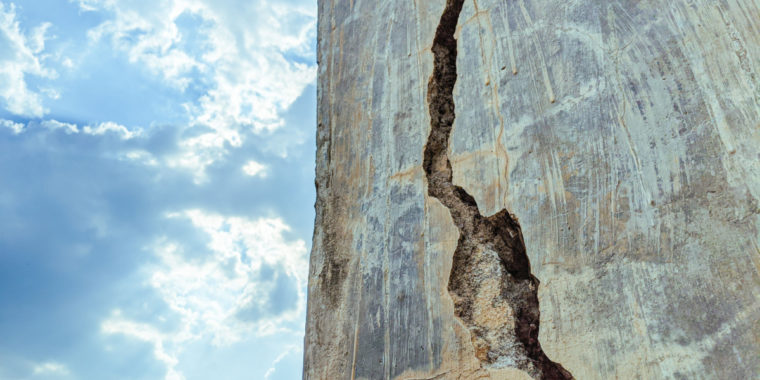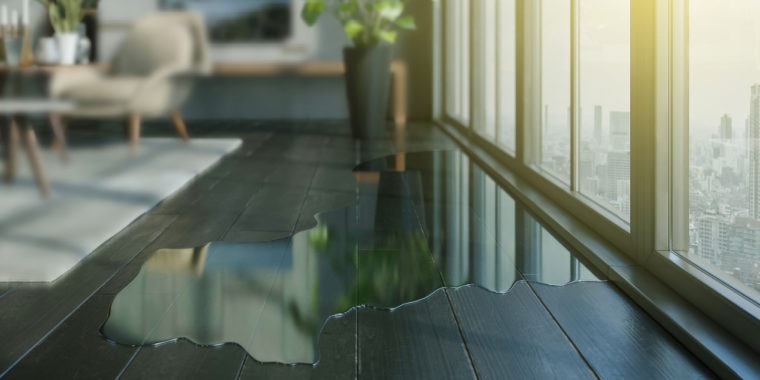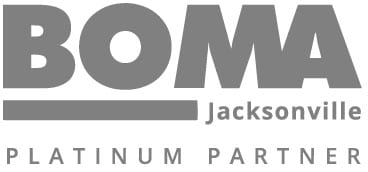Concrete, the backbone of modern commercial properties, is revered for its strength and durability. Yet, despite its robustness, concrete is not immune to the phenomena of cracking and spalling.
Both cracking and spalling are signs of deterioration and critical concerns for a building’s structural integrity and aesthetics. While both may initially seem minor, they can lead to more severe issues if left unaddressed. This article explores the causes and implications of these common issues, offering insights into preventive measures and repairs.
What are Concrete Cracking and Spalling?
In the lifecycle of concrete structures, two prevalent issues are cracking and spalling, each signaling different underlying problems but often interconnected in their effects on a building’s health.
Concrete Cracking is a common occurrence that can result from several factors. Unlike spalling, cracking refers to forming fissures or lines on the concrete surface, which can vary in depth and length.
Concrete Spalling, on the other hand, goes beyond surface-level deterioration. It involves the breaking off or flaking of concrete surfaces, often exposing the reinforcing steel bars beneath. When this happens, it can lead to accelerated corrosion of the reinforcement and further compromise structural integrity.
Concrete spalling and cracking can arise from various sources:
- Water Ingress and Freeze-Thaw Cycles – Moisture penetration, followed by freezing and thawing, can cause the concrete to crack and eventually spall.
- Settlement – Uneven settling of the ground beneath the concrete can create tension, resulting in cracks.
- Overloading – Exceeding the weight capacity of the concrete can cause cracks due to excessive stress. The toll that much heavier electric vehicles take on parking garage structures has the potential to shorten the lifespan of the concrete.
- Shrinkage – Concrete requires proper oversight during the curing process, or it can shrink, leading to the formation of cracks.
- Quality of Materials – The integrity of concrete heavily depends on the quality of its constituent materials. There have been lawsuits because a supplier allegedly omitted a critical chemical additive from their concrete mix. The omission of such additives can compromise the concrete’s resistance to environmental stresses, leading to premature cracking and spalling.
- Improper Installation – Flaws during construction, like inadequate curing or improper mix proportions, set the stage for future problems.
- Chemical Damage – Harmful chemicals, like chlorides from de-icing salts, can corrode the reinforcing steel and cause the surrounding concrete to spall.
- Environmental Factors – 2023 was officially the warmest year on record. Extreme temperatures can reduce concrete strength and increase permeability, contributing to spalling and cracking.
- Water Ingress – Moisture penetration, often through cracks, leads to deterioration and rusting of reinforcement bars.
Recognizing the signs of both allows for timely intervention and prevention of further damage.
Identifying Signs of Concrete Damage
If spotted in time, recognizing early signs of deterioration can lead to interventions that prevent minor issues from escalating into significant, costly repairs. Here’s what property managers and building owners should look for:
- Flaking – A clear sign that the concrete surface is deteriorating, potentially exposing the underlying steel reinforcements.
- Cracks – Thin lines or wide fissures on the concrete surface. Cracks are not just surface-level concerns; they can indicate deeper structural issues.
- Exposed Reinforcement Bars – When reinforcement bars become visible, it suggests that the concrete has spalled significantly, which could accelerate the corrosion of the steel and compromise structural integrity.
Valcourt’s Approach to Concrete Maintenance: A Case Study
The top level of both parking structures at Park 80 West, approximately 12–15 years post-initial construction, suffered from a deteriorated waterproof coating—a maintenance step recommended every five years.
This neglect led to significant concrete spalls, cracks, and severe water infiltration, necessitating immediate attention before completing the restoration. Valcourt’s comprehensive services for this project included concrete spall and crack repair, traffic-bearing waterproofing membrane repair, and the restriping of parking spaces.
Preventative Measures and Solutions
Property managers should incorporate routine checks into their maintenance schedules, focusing on areas susceptible to damage, such as exposed surfaces, joints, and areas with known water penetration issues. Inspections should also be more frequent following extreme weather events, which can exacerbate existing vulnerabilities in the concrete.
To mitigate the risks of concrete deterioration, consider implementing the following strategies:
- Sealing and Waterproofing – Essential for protecting against water infiltration and subsequent corrosion.
- Pressure Washing and Debris Removal – Keeps surfaces clean and exposes hidden issues.
- Regular Structural Assessments – Identifies potential problems before they worsen.
- Proactive Maintenance – Including vigilant monitoring for leaks or structural damage.
Preventative maintenance, followed by early detection and prompt repair actions, can significantly extend the lifespan of a concrete structure and ensure its safety and functionality. Property managers and building owners are encouraged to partner with concrete repair specialists like Valcourt. We can provide expert assessments and waterproofing services and tailor effective repair strategies to address your concrete cracking and spalling issues.
A Proactive Approach to Concrete Maintenance
The integrity of concrete structures significantly depends on regular maintenance and the early detection of potential issues. Property managers can substantially extend the lifespan of their assets by understanding the causes of concrete cracking and spalling and implementing preventative measures. For specialized care and repair, partnering with experienced professionals like Valcourt ensures that commercial properties remain safe, functional, and aesthetically pleasing.
For expert concrete maintenance and repair services, contact Valcourt to help ensure your property remains in prime condition.








